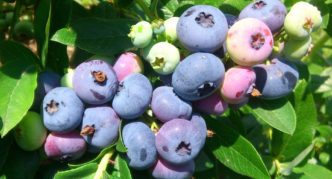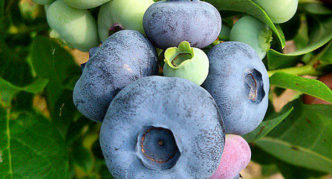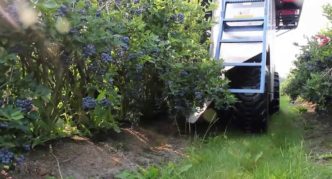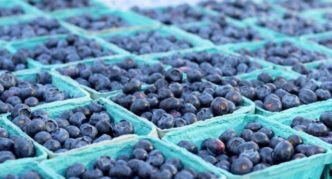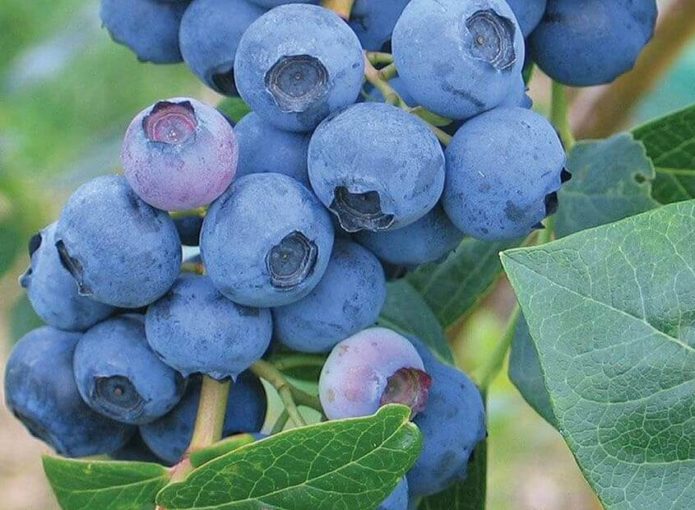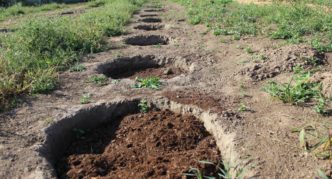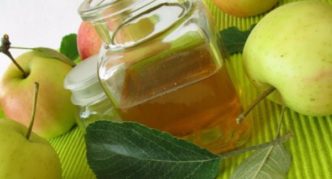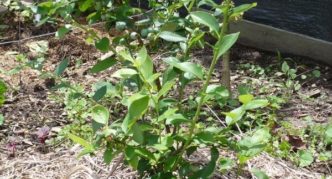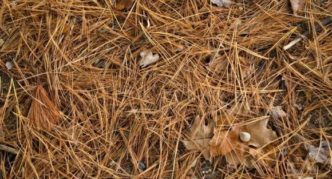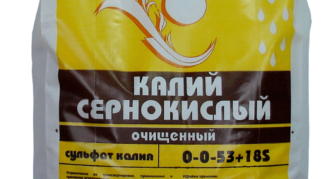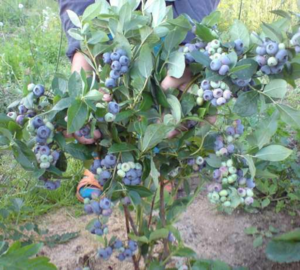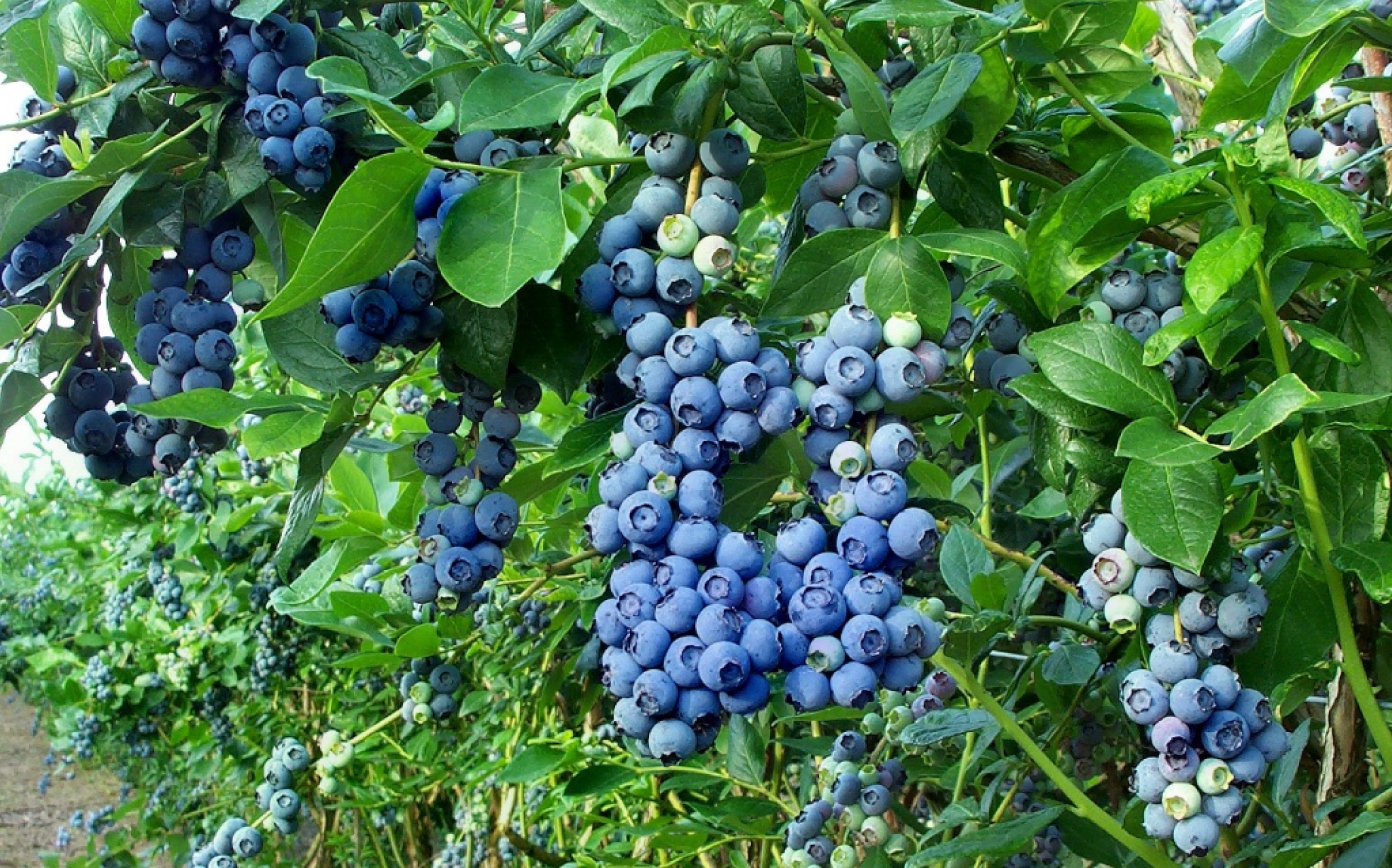Blueberries came to the garden plots of Russia quite recently, only one or two decades ago. It was believed that blueberries are a forest culture, and swamps and thickets are the best creators for this berry. But science and practice have proven otherwise. Tall artificially bred blueberry varieties appeared first in America, and then on the Eurasian continent. They did not require swamps or lichens, but the yield of some species surpassed those of naturally growing blueberries. One of these is called the Patriot variety.
Content
The history of the appearance of the variety
The birthplace of culture is the city of Beltsville, located in the state of Maryland, 15 km from the US capital Washington from the District of Columbia. In terms of climatic conditions - not the sultry south, but not the extreme north. In winter, the mercury column drops to -20, in summer it rises to +30. Droughts with serious consequences are not observed; snowfalls and wet precipitation irrigate the land in abundance. It turned out that this weather format is great for blueberries - and that is why America has become the flagship in the creation of many fruitful varieties.
The Patriot was obtained in 1952 from the parent material of three blueberries: Dixie, Michigan LB and Erliblu... The first seedlings immediately attracted the attention of the testers, because the new hybrid was declared as decorative, high-yielding, immune-resistant, large-fruited and simply delicious. It took almost 25 more years before a new variety of blueberries became widely used in home gardens. America at the time was preparing to celebrate the 200th anniversary of the adoption of the US Declaration of Independence from the British Crown. The variety was timed to the event, giving it the proud name "Patriot".
Planting, caring for and growing various varieties of garden blueberries:https://flowers.bigbadmole.com/en/yagody/posadka-uhod-i-vyraschivanie-razlichnyh-sortov-sadovoy-golubiki-otzyvy.html

The Patriot variety was obtained in 1952 based on the parent material of three blueberries: Dixie, Michigan LB and Erliblu
In Russia, tall American blueberries have been cultivated since the mid-90s of the XX century, completely inverting the myth about the growth of berries only on maria and swamps... But in the State Register of the Russian Federation, many varieties, including the Patriot, have not yet been enlisted: tests and observations are underway. Companions of the variety promote it in various climatic zones from the northwestern part of the country to the Sea of Okhotsk, thereby proving its survival rate and excellent properties.
Description and characteristics
Patriot belongs to the mid-early varieties: the beginning of flowering in the Moscow region and the middle lane falls on the end of May, and the active phase of fruiting begins in the second decade of July. During the flowering period, the garden transforms, turning into a blooming oasis of white inflorescences hanging from branches with caps. Flowering lasts a long period from 45 to 55 days - this is precisely the circumstance that allows the culture to be attributed to decorative and fruit shrubs.
Almost 90% of the flowers become berries by the time the fruits emerge. Fruiting occurs 5-6 years after planting, while it is stable - from year to year.
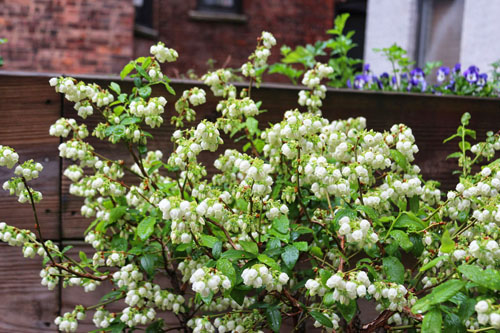
Blossoming of Patriot blueberry lasts from 45 to 55 days - that is why the variety is considered decorative and fruit
The variety is considered self-fertile and self-sufficient, that is, it does not require pollinators.... However, many authoritative sources claim that the presence of a pair of trees of a different variety on the plot, for example, Bluecrop, Elizabeth, Thoreau, Bluegold, can increase the yield of the crop by a whole quarter.
The bush itself is characterized as erect and slightly spreading. This allows you to slightly increase the planting density of plants per 1 sq. m, and freely pick berries, moving from bush to bush, without breaking or bending branches.
When choosing varieties of blueberries for growing in a garden, the first thing to consider is the climatic conditions:https://flowers.bigbadmole.com/en/yagody/vyraschivanie-sortov-sadovoy-golubiki-dlya-podmoskovya.html
Genetic characteristics and technical features of the Patriot cultivar are summarized in the table below.
Table: characteristics of blueberry Patriot
| Appointment | Versatile: consumption fresh, frozen and canned |
| Bush | Upright, height from 1.6 to 1.8 m |
| Bloom | Lush and long lasting: up to 55 days from May to July |
| Pollination type | Self-pollinated variety. However, it is recommended to plant a couple of pollinators per hundred square meters of land to increase yields. |
| Harvesting period | Long-term, annual, regular: July to early September |
| Fetus |
|
| Yield | High.
|
| Mechanized harvesting | The use is rational in the second half of the fruiting period. |
| Winter hardiness | Easily tolerates frosts down to -30 0C, according to some sources - up to -38 -40 0FROM. |
| Disease resistance | High, especially to late blight and root rot. |
| Transportability | Excellent |
| Keeping quality | Long: fresh up to 2 weeks |
Photo gallery: characteristics of blueberry Patriot
- Patriot belongs to self-fertile varieties, but 2-3 bushes of other varieties per hundred square meters can increase its yield
- The Patriot years flattened from the sides can reach up to 20 mm in diameter
- Mechanized harvesting of Patriot berries is used in the second half of the fruiting period
- Patriot berries can be kept fresh without freezing for up to 2 weeks
Advantages and disadvantages of the Patriot compared to its parental forms
To clearly define the advantages and disadvantages of the variety, we compare it with the two parent forms Dixie and Erliblu, which are in themselves classic varieties, quite popular among small-scale producers.
If we talk about the structure of the bush, then the Patriot was not born either in Dixie or Erliblu. Apparently, non-dominant genes appeared in him, and the Patriot did not inherit the wide spreading of his parents.Thanks to this, erect branches do not thicken much, do not grow in breadth and across, have the opportunity to ventilate well, receive a sufficient portion of light and pollinate with resources from their own or neighboring flowers.

Dixie, one of the parental forms of Patriot blueberries, is characterized by early shedding of berries
How and what to fertilize blueberries, how to acidify the soil correctly:https://flowers.bigbadmole.com/en/yagody/podkormka-golubiki-sadovoy-vesnoy.html
Other disadvantages of the parents are early shedding in Dixie, irregular fruiting in Erliblu, unprofitable mechanized harvesting in both. The patriot has bypassed his ancestors here too: it bears fruit every year, the berries adhere perfectly to the bushes and remain fresh for 10-12 days, the second order harvest is available for mechanized harvesting.
But, nevertheless, the main superiority of the Patriot over his parents is the yield indicators. Let's compare 4-7 kg from a bush from Dixie and Erliblu and 6-9 kg from Patriot. Even in spite of their sprawling and branching, the parents lose to the patriot offspring. The difference of 2 kg can be assessed as significant, because we are talking about berries only 15–20 mm in diameter.
With regard to winter hardiness, adaptability to different climatic conditions, immune resistance, all three varieties are similar. They are not afraid of frosts at 35 0From and below, no powdery mildew, no root rot, no mummification of berries. They tolerate moderate drought well, unfertilized acidic soils, light thickening.
In terms of ripening terms, Patriot and Erliblu are preferable for those who love blue berries since mid-July, and Dixie for lovers of August blueberries.
Of the significant drawbacks, only the shrinking of the fruits in the second half of fruiting can be noted, i.e. from the month of August. Their diameter decreases from 18–20 mm to 10–15 mm. But this little imperfection is common in many varieties. tall blueberry.
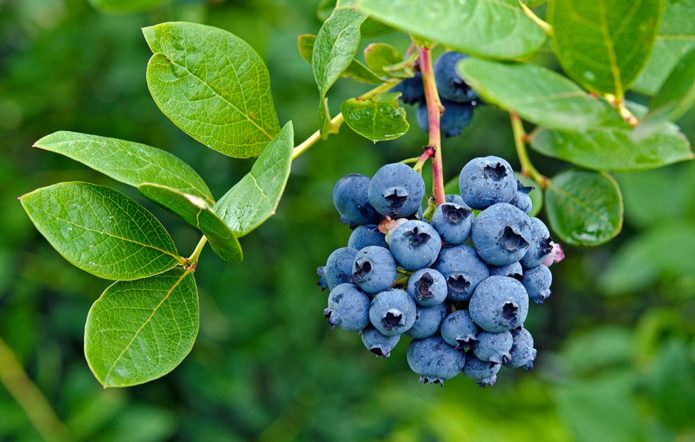
A significant drawback of Patriot is the shrinking of fruits in the second half of fruiting - their diameter decreases from 18–20 mm to 10–15 mm
Reviews of blueberry Patriot
To be honest, only 10-15 years ago there were only 4 varieties in Russia: Blukrop, Blurey, Spartan and Patriot. They all ripen. Moreover, over the last three varieties, in 90% of cases, they produced the same stable Bluecrop, born in 1934, which reproduces well, bears fruit and tolerates frost, and is practically indistinguishable from others.
I have 5 garden blueberry bushes planted - Blyurey, Blyukrop, Patriot and two more, I don't remember, are written down in a notebook. They were planted 4 years ago, and on my site (north-west of Moscow region) and at my parents (south of Moscow region). For the first two years, I left them uncovered for the winter. And in the spring I found dried shoots and there was practically no harvest. For two winters in a row, I tilt the bush to the ground, put the treasures across the board and put a load (cyprichi) on the board. The picture has changed dramatically, there are practically no frozen shoots and a crop has appeared. The only condition is not to keep it under the snow until the snow has completely melted. In early March, I dig out the bushes and carefully lift them out of the snow.
My Patriot is 2 years old. The berry is sweeter than blueberry. Fragrant. Hopefully next year they will be larger.
My Goldtraube variety broke a lot this year. The rest of the varieties, and the Patriot - no visible damage and freezing. The patriot is still young. If there will be the first flowering this year, it will be single. Winters normally. A non-woven shelter is not it only if from sunburn for the first time. Freezing blueberries are not terrible.
Features of planting a Patriot sapling in open ground
Patriot, like any other representative of tall blueberries, is planted in open ground according to the standard scheme. What does it include?
- Correct pick-up location and time. The place should be sufficiently lit, but at the same time protected from strong winds. A space on the south side behind a house wall or fence is suitable. Time: autumn or spring.
- Soil composition with a high acidity index. It should be in the range of 4.2-5.0.Blueberry precursors can be perennial grasses, rhododendrons, azaleas, or heather crops. At the same time, soil fertilized with dolomite flour, wood ash or lime is not allowed, since its pH index may indicate an excessive alkalinity of the medium. A higher pH is also undesirable, because it can lead to the death of the fungus - mycorrhiza, which, under normal conditions, lives in symbiosis on the roots of the bush and helps them to absorb nitrogen from the soil.
- Preparation of the substrate and pits for planting. The action begins 8-10 days prior to landing. Time is needed for the soil to settle. The substrate can be composed in equal parts of forest soil, sand, coniferous needles, finely chopped bark or coniferous sawdust. The soil should be light and well aerated. A sandy composition is more suitable than a clay one. Pit dimensions: depth and width of at least 60 cm. In this case, groundwater should pass 20 cm or more below the bottom of the prepared pit.
- Adding mineral fertilizers to the planting pit. These can be individual elements or a ready-made fertilizer designed for azaleas and heathers. They already contain all the necessary ingredients that create adequate conditions for the growth of shrubs that prefer increased acidity in soils. Mineral elements and their proportions are shown in the table below. With strongly alkaline soil, the soil is deoxidized with a solution of 9% vinegar at the rate of 50 ml per 10 liters of water or oxalic (citric, malic) acid at the rate of 5 g per 10 liters of water.
- Plant installation technology in a pit. A young seedling is planted in a hole with a clod of earth, if any. If not, then the roots are straightened without fail - they are given a direction for growth. To provoke additional strengthening and formation of roots, they are covered with earth at a level of 3-4 cm above the root collar. This is followed by abundant watering, one more compacted filling with soil and mulching with needles or bark.
- Observance of distance when planting several plants. The recommended distance between bushes for the Patriot is 1.0 - 1.3 meters, between rows 1.8 - 2 meters.
Photo gallery: features of planting blueberries Patriot
- The recommended distance between bushes for the Patriot is 1.0 - 1.3 meters, between rows 1.8 - 2 meters
- With highly alkaline soil, the soil is deoxidized with apple cider vinegar, citric or oxalic acid
- The seedling is installed in a prepared hole and covered with earth at a level of 3-4 cm above the root collar
- Coniferous litter is the best mulch for tall blueberries
Features of blueberry care Patriot
Like any acid-loving plant, blueberries are not very disposed to rich soils, stuffed with organic fertilizers. Therefore, you should not try to feed her with chicken dung or horse manure. Only natural peat, sand, coniferous litter are suitable. On such a diet, she will get fat and shiny. And, conversely, animal waste and plant humus rich in composition will only harm it.
Watering subtleties
Blueberries are a moisture-loving culture.Affected by its swamp past. Therefore, the soil in the root circle must always be moistened.
A fruiting bush requires at least two buckets of water in the feeding mode 2 times a week. Prolonged drying out of the soil will destroy the bush without the possibility of restoration.
You should always take this into account and build your own schedule for visiting blueberry plots in accordance with the needs of blueberries, or arrange drip irrigation in an uninterrupted and remote format.
To create a humid microclimate for the roots of blueberries, it is recommended to huddle the lower part of the trunks: in young plants, grounding is done at a height of up to 10 cm, in adults - up to 20 cm.It is good if the clod consists not only of earth, but also of mulched material - needles, bark, sawdust, small branches. The hilling procedure must be performed carefully so as not to damage the root system, which lies only at a depth of 40 cm.
Waterlogging is also undesirable. Excessive moisture will destroy the mycorrhiza fungus, thereby destroying the mutually beneficial symbiosis of the two plant species, which, in turn, will lead to disruption of the blueberry nutrition and its extinction. At the first signs of excessive moisture, it is necessary to immediately take action: build a drainage ditch, and pour moisture-absorbing material into the trunk circle - peat, needles, sawdust, river sand.
Fertilizing the Patriot with mineral fertilizers
We decided on the composition of the soil and watering. Now let's talk about the frequency and composition of dressings in order to maintain an acidic environment and the root fungus of mycorrhiza, which ensures the development of the blueberry root system and its growth. This can be done more clearly using the table.
Table: feeding system for blueberries in the first and subsequent years of life
| Top dressing with minerals | Application time | Proportions |
| First year of life | ||
| Soil deacidification | Before planting in open ground |
|
| Fertilizing the pit | Before planting in open ground | Per one hundred square meters:
|
| Single mineral fertilizing with colloidal sulfur | July, after flowering |
|
| Second and subsequent years | ||
| Spring feeding | May, before flowering | Per one hundred square meters:
|
| Summer feeding | July, after flowering, before berry picking | Per one fruiting bush:
|
| Autumn soil deoxidation | September, after harvest | 9% vinegar or any other acid. |
Photo gallery: mineral fertilizers for blueberries Patriot
- Ammonium sulfate is applied at the rate of 50 g per one hundred square meters with first-year bushes or 90 g per one hundred square meters with adult fruiting bushes
- Potassium deficiency in blueberries can lead to leaf tissue death and chlorosis
- Superphosphate is the main source of phosphorus for healthy blueberry fruiting
- Ready-made mineral fertilizer for azaleas and heathers is perfect for tall blueberries
Pruning thinning and rejuvenating
Thinning pruning of tall Patriot blueberries begins at 4–5 years of age. The following branches are deleted under the root:
- growing inside the bush and creeping along the surface of the soil;
- deformed, curved and thin shoots;
- branches that grow close to normally developing fruit-bearing shoots.
Such pruning eliminates the thickening of the crown, provokes the growth of healthy branches and contributes to better aeration inside the bush. As a result, yields will increase, and the chopping of berries will be minimized.
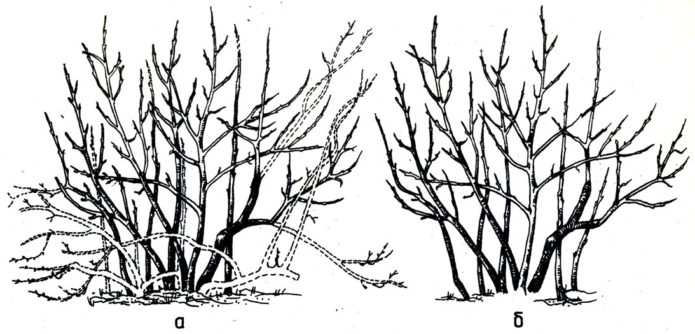
Thinning pruning eliminates crown thickening, stimulates the growth of healthy branches and gives the bush the ability to better aerate.
Rejuvenating pruning is done for 7-8 years. In addition to the deformed ones, a part of healthy shoots of 4–5 years of age is also cut out. This is necessary so that there is no simultaneous aging of the branches. If you allow 10 branches of the same 10–12 years old on a bush, then you will not have to count on a full harvest, because the berries of branches older than 6–8 years have a tendency to chop, and the branches themselves may lose their former immunity. Ideally, after rejuvenating pruning, an 8-year-old Patriot bush should have 8-10 strong perennial upright shoots and 4-6 strong annuals from among the new growth.
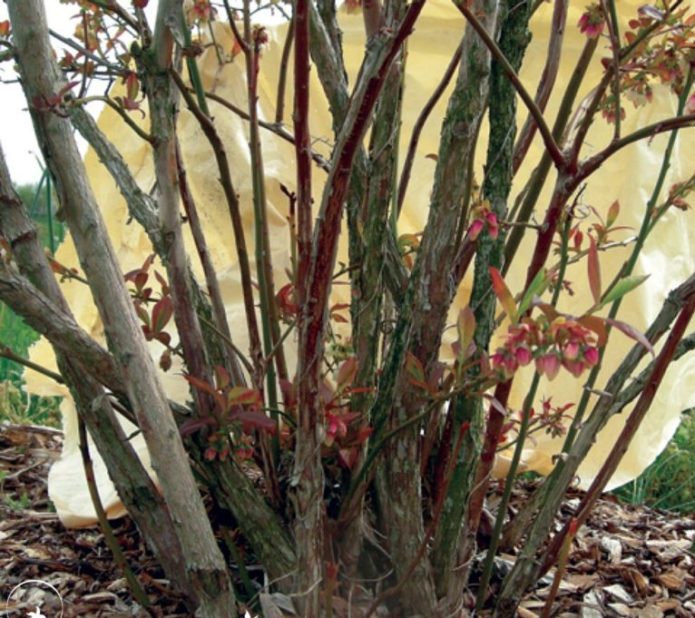
This blueberry bush requires rejuvenating pruning, in which not only deformed branches are cut out, but also some healthy ones.
At the age of 15–20, it is recommended to completely replace the bush. Sanitary pruning is done regularly every spring and fall.
Preparing for winter
Blueberry Patriot is declared as a highly frost-resistant variety capable of withstanding cold at 35 0C and below. Therefore, it is not required to cover the bushes with insulated material. Any PVC films can only do harm - blueberries will sopreet, become covered with fungus and die out.
Patriot winters well under a light cover of spruce branches or pine litter... 10 days before laying spruce branches on the roots of blueberries, it is necessary to bend the branches to the ground, tie the tops of neighboring plants and let them settle in this form. Only the roots are covered with spruce branches, the branches remain free. Manipulation is carried out before the onset of frost, while the branches are flexible. If you hold out until the soil freezes, you can break the branches, because at this time they lose their elasticity and become very vulnerable. In general, there is nothing complicated - the procedure is very similar to the actions with some varieties of raspberries before preparing them for wintering.

For the winter, blueberries only cover the roots - for this, coniferous sawdust or pine needles are suitable
Video: planting blueberries Patriot
They say that berries from their own plot are much tastier than those bought on the market. This dictum is fully true for tall blueberries. Sugar and nutritious, it is also an excellent prophylactic agent for a number of diseases. You can stop the choice on any variety of this magnificent berry. So why not on the Patriot?

